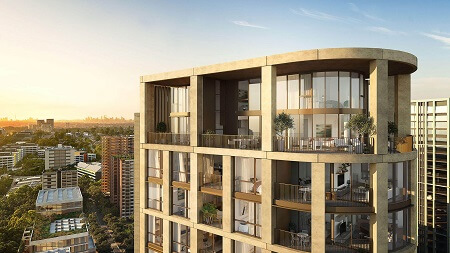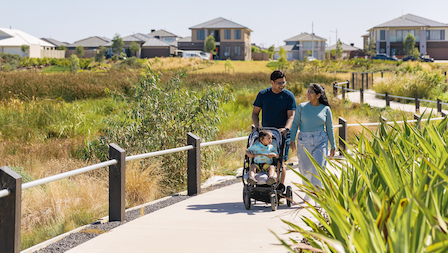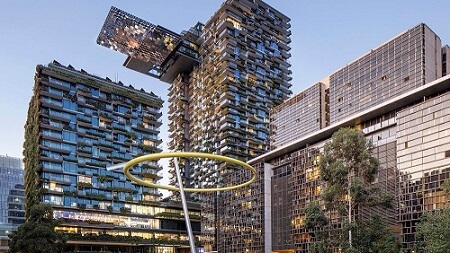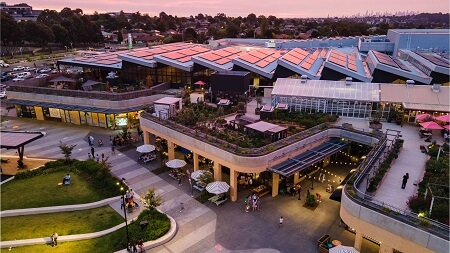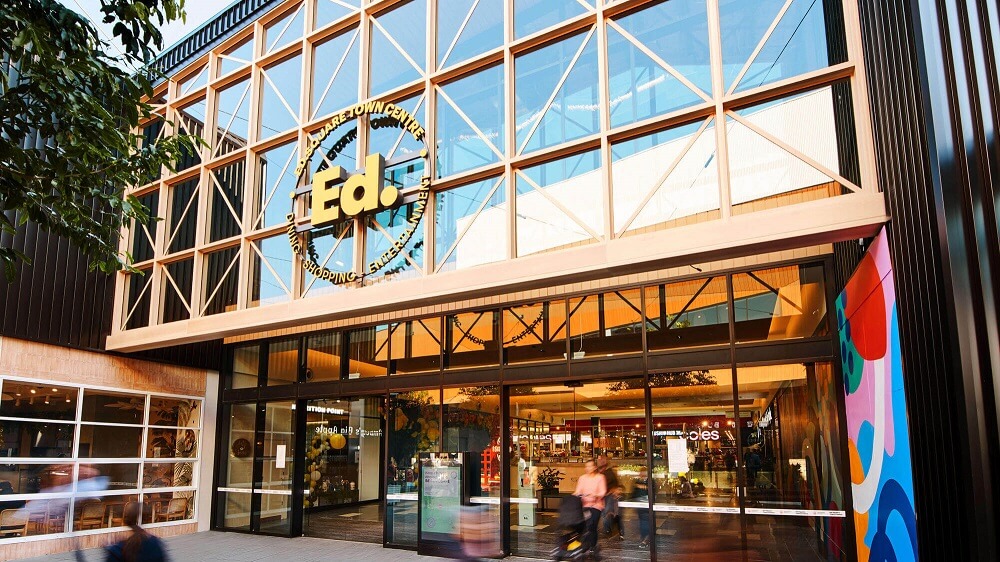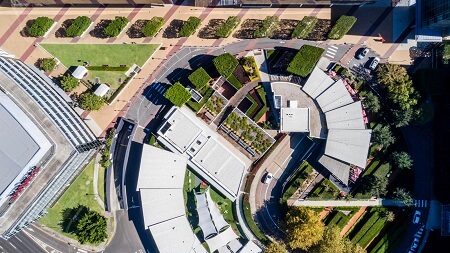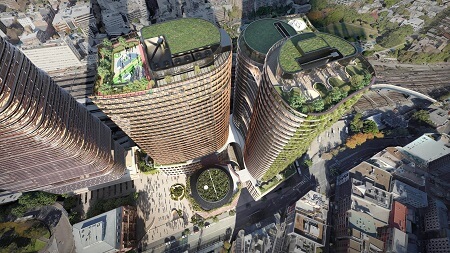20 things that defined millennial home life
As millennials struggle to shake the ‘smashed avocado’ stigma and compete in a challenging housing market, nostalgia is high for the quintessential family home.

For those who grew up in suburbia in the '80s and '90s, memories are often bathed in a rose-tinted glow of sunsets and streets lights in cul-de-sacs and front yards.
Most homes were ‘lived-in chic’ with interiors displaying an eclectic mix of pieces, from sofa beds, wall phones and stereos to photo frames, fridge magnets and timber glory boxes.
Houses were usually full of people, too – whether family, friends or the friendly neighbours.
PropTrack economist Anne Flaherty says it makes sense that millennials look back fondly at the suburban home, as it’s no longer the norm for their own families and home lives.
“I think the dream has changed due to the ever-growing cost of property,” Flaherty says.
“It’s very different from when you were a child running around your grandparent’s house with a backyard alongside your 16 cousins.”
Single-person households are the fastest growing segment in Australia “and that has implications for the kind of homes people are looking to buy,” she adds, with more of a mix of townhouses and apartments as the norm.
So, what was so good about childhood in the ’80s and ’90s? We asked a few Aussie millennials what the fuss is about.
Here’s what they had to say.
Growing up millennial
Did you play Atari/Sega/Nintendo for hours while sprawled on ugly carpet or bean bags?
Does the sight of a Yellow Pages or Neighbourhood Watch sticker transport you back to your teen years?
Ever run through the sprinklers on a hot day or skid face-first down a backyard slip-and-slide?
If you answered yes to any of the above, you are likely a millennial and still mourn the demise of video libraries.
A brief survey of 30-somethings revealed Australian home life in the 1980s and ‘90s revolved around entertainment, connection, pop culture and family time, with a pretty even split of time spent inside and outdoors.

Getty Images
Here are some millennial memories about home life:
- “Being an ‘aerial’ for the TV when it went fuzzy and getting up to change channels. No remote controls!”
- “Having a tap on the outside of your fridge was the height of luxury.”
- “Swinging on a Hills Hoist, just for fun.”
- “Well-kept front gardens...everyone was house proud.”
- Drinking straight from the garden hose
- Trying to record your favourite songs off the radio onto a cassette tape
- The screeching sound of dial-up internet
- The whir of ceiling fans
- Formal dining rooms we rarely used
- Tiles, tiles and more tiles
- Using encyclopaedias and dictionaries to do school assignments
- Gathering each week to watch family shows like Funniest Home Videos and Hey Hey It’s Saturday
- “Midweek dinners of sausages or mince because they were cheap.”
- “Trampolines and in-ground pools with questionable safety and supervision...”
- “Ad jingles that stuck in your head so deeply we still remember the phone number decades later.”
Big backyards, busy neighbourhoods
The excess of the ‘80s led to big backyards perfect for trampolining (mis)adventures, lagoon pools with jungle-inspired landscaping, and a shed packed with 'stuff’ that has since been sold on eBay.
Hallum Jennings, Design Director at Frasers Property Australia, says backyards were popular places to gather and were designed and proportioned accordingly.

Getty Images
“Everyone remembers the fancy houses that had the pergolas,” Jennings says. “These were the spaces to entertain – effectively an outdoor room.”
You played on your street with the neighbourhood kids or held barbecues in sprawling backyards.
While a house with a backyard was the norm 50 years ago, it’s seen as more of a luxury now, Flaherty says.
“There was just a higher prevalence of land relevant to the number of people in Australia at the time, which meant that it was more affordable to build a larger house in suburbia,” Flaherty says.
“Particularly in cities like Sydney, Melbourne and now Brisbane as well, where the median price of a house is so far above the median price of a unit.”
Another brick in the wall
In those days, there was no such thing as too much brick.
Exposed bricks were found on walls, inside and out; in fences, driveways, garden steps, patios and even barbecues.

Getty Images
“Many Australians have grown up in a brick home, be it a Californian bungalow with the classic red brick, or a more modern home from recent times using blonde or glazed bricks,” says Jennings.
He points out while architects and designers have been experimenting with a raft of new building materials in recent years, predominantly from Europe, brick still stands the test of time.
“In fact, we are in the middle of a brick renaissance, with many award-winning homes and apartments using this simple brick with humble origins,” he says.
Kitchen hubs
You only had to watch Neighbours or Home and Away to know Aussie families of the 80s and 90s loved catching up on news, family bonding, and endless life drama behind closed doors – preferably within view of the fridge.

Getty Images
In the eighties, open-plan living really came into its own in Australia, says Jennings.
“The opening up of the kitchen to the living space by removal of all walls and overhead cupboards, and with the addition of the ‘breakfast bar’ saw kitchens become wholly integrated into the living space,” he says.
“The idea has evolved over time, and now the kitchen is the central entertaining area within the home, with guests gathering around the island bench.
“Many families dine together this way rather than using the more formal dining table.”
Videos, video games and the internet
From playing Space Invaders and Super Mario Bros, to finally getting a family VCR, tech took up plenty of time and space in suburban homes.
Entertainment units became a core piece of storage furniture for ever-growing TV sets, movie collections, games, records, cassettes, CDs and all other physical media of the day.

Getty Images
“In the ’90s, many households purchased an additional TV, or a computer,” Jennings says.
“Due to the open-plan living arrangement within the home, this would be placed in a spare room or bedroom, allowing different members of the family to watch a different channel or to play a computer game.”
This shift into flexible secondary spaces has carried over the decades, becoming a mainstay of modern home design. Jennings draws parallels with the move to working from home, and the need for a designated space for peace and productivity.
“The big change is technology, and there is still a need to have different spaces or rooms to use the technology,” Jennings says.
Originally published as ‘20 things that defined millennial home life’.
See more articles on

